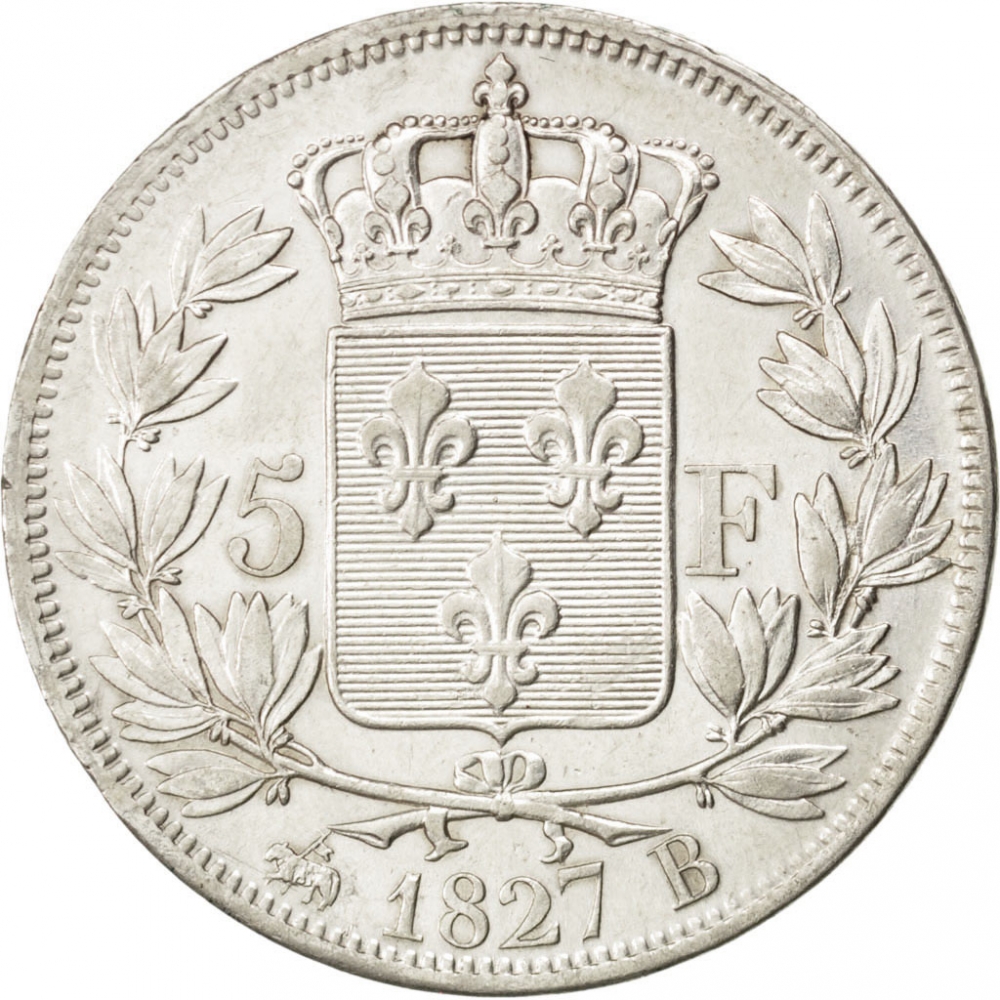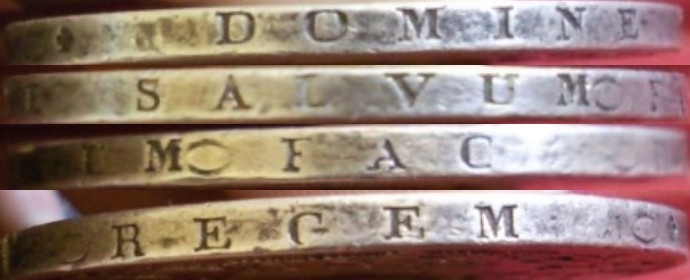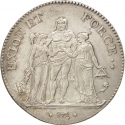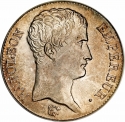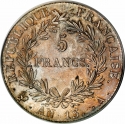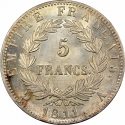You are about to finish your registration. Please check your mailbox (including spam folder). There should be a letter with a confirmation link. Check setting to make sure that your e-mail address is correct.
Send letter againDescription
Charles X (Charles Philippe; 1757–1836) was King of France from 16 September 1824 until 2 August 1830. For most of his life he was known as the Count of Artois (in French, comte d'Artois). An uncle of the uncrowned King Louis XVII, and younger brother to reigning Kings Louis XVI and Louis XVIII, he supported the latter in exile and eventually succeeded him. His rule of almost six years ended in the July Revolution of 1830, which resulted in his abdication and the election of Louis Philippe, Duke of Orléans, as King of the French. Exiled once again, Charles died in 1836 in Gorizia, then part of the Austrian Empire. He was the last of the French rulers from the senior branch of the House of Bourbon.
Engraver: Auguste-François Michaut
Obverse

|
Bare bust facing left surrounded by the inscription 'Charles X King of the French'. Engraver's name below. CHARLES X ROI DE FRANCE. |
|---|---|
Reverse

|
Crowned arms divide denomination within wreath. Date and mintmarks below. 5 F |
| Edge |
Domine, salvum fac regem (Lord, save the King) was a petit motet sung for the King of France at every Mass. ♣ DOMINE SALVUM FAC REGEM |
Characteristics
| Material | Silver |
| Fineness | 0.900 |
| Weight | 25 g |
| Diameter | 37 mm |
| Thickness | - |
| Shape |
|
| Alignment | Coin |
| Alt # |
|
| Mints |
Bayonne Mint (L) Bordeaux Mint (K) La Rochelle Mint (H) Lille Mint (W) Limoges Mint (I) Lyon Mint (D) Marseille Mint (MA) Nantes Mint (T) Paris Mint (A) Perpignan Mint (Q) Rouen Mint (B) Strasbourg Mint (BB) Toulouse Mint (M)
|

